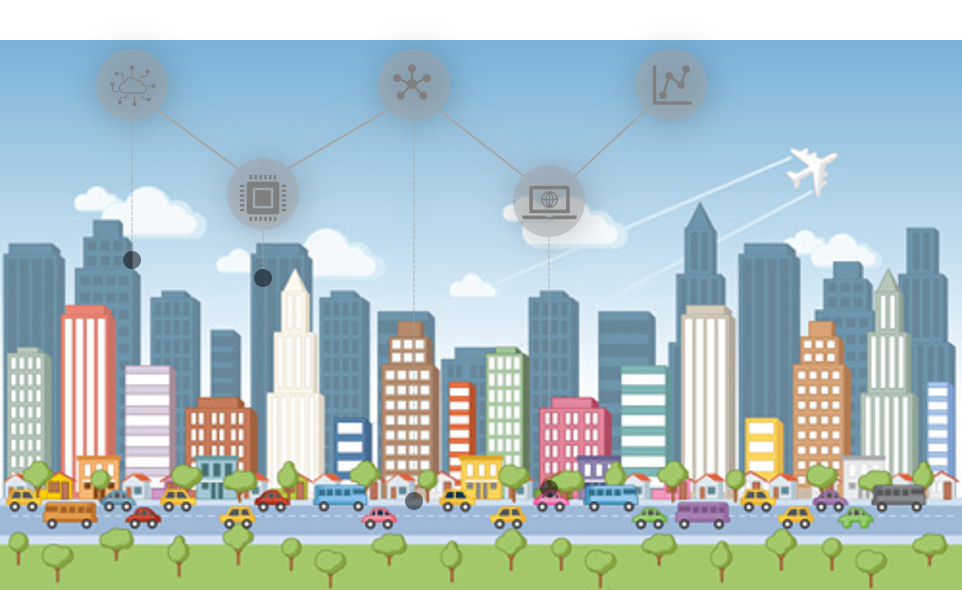Semantic Interoperability and Data Sharing in FIWARE4WATER
The new digital revolution will transform our daily life and all human activities, including how we manage water: machines, devices, robots are able to talk to each other, and explain what is going on. This is the idea underpinning “smart water management”. In order to be able to pass down information to each other, systems needs to share a common language and the same references.
FIWARE4WATER project has the challenge of offering different digital smart water solutions to the communities and relevant stakeholders, promoting digitalization to the water sector. The project brings an opportunity to move forward to the generation of smart communities and therefore, materialise the concept known as “Smart Water Society”.

The benefits of reference architectures in the water domain
Under this vision, FIWARE4WATER is providing evidence on the benefits of adopting reference architectures for the water domain. The adoption of reference architectures will facilitate to build newer smart digital services for all members of the Quadruple Helix including the public and the private sector. Moreover, it could also provide benefits on water user engagement to achieve social innovations. One of the important aspects of using reference architectures is to interconnect and interlink the different digital systems to work as a whole.
Interlinking information from different domains using a specific “context broker”
NGSI-LD is a data interchange format, where LD stands for linked data. NGSI-LD allows machine to understand what the data is, and how to communicate with it and use it. To connect the different systems, FIWARE4WATER is promoting the use of NGSI-LD as context broker with the corresponding representation of the different Internet of Things (IoT) systems. In order to provide detail about the IoT systems, the FIWARE4WATER technical consortium are working on the incorporation of SAREF description of systems as an additional metadata information. As a brief description of SAREF, the ontology’s main purpose is to link information from different domains through providing a common representation of the devices and systems.
Technically, the link between the models is implemented through the definition of specific rules in the NGSI-LD data model. These rules correspond to specific information to be included in the JSON-LD context inside the responses of NGSI-LD cotext-broker. By enriching the output data model of NGSI-LD will permit the systems to understand the information and also provide the possibility to reason over the information in order to strength decision-making at top-level of the reference architecture.
Information sharing to take better decision
At the end, making the information more interoperable will make the people and organizations to multiple domains to share openly information. This will benefit decision-making of different sectors through the elaboration of win-win strategies in the future.
Author : EURECAT
















